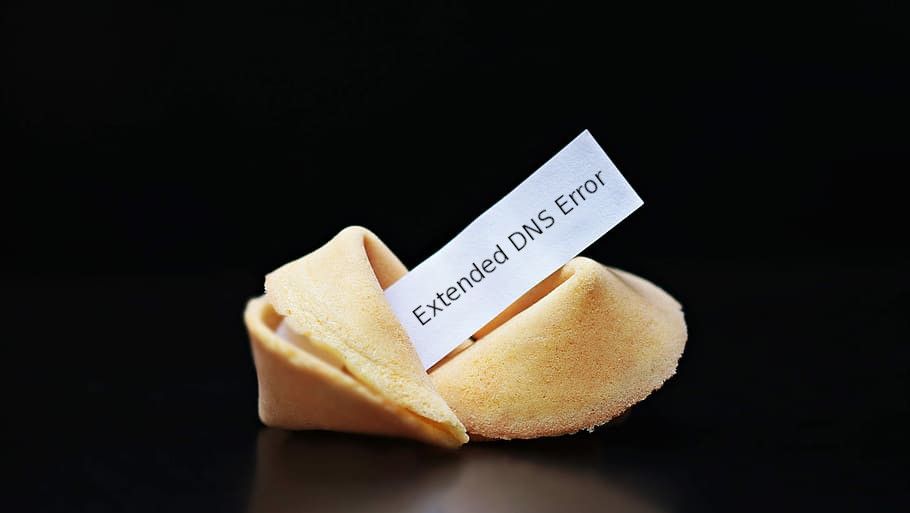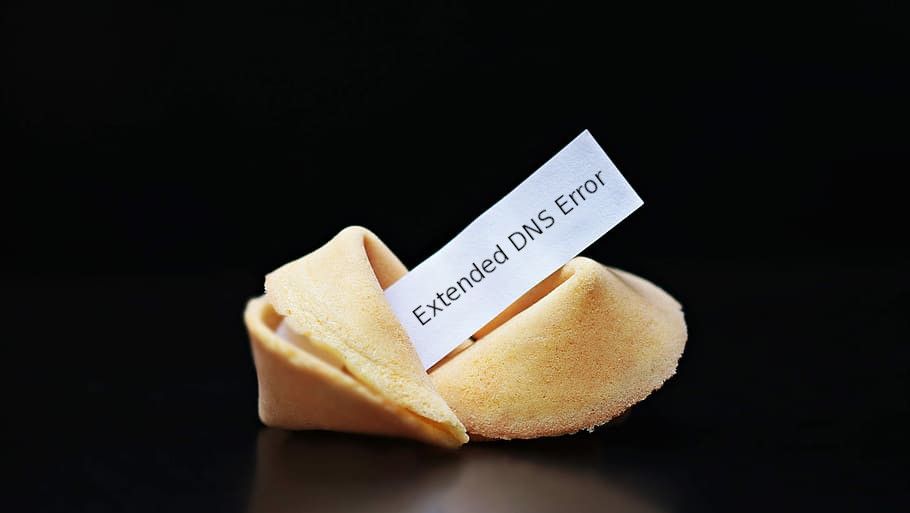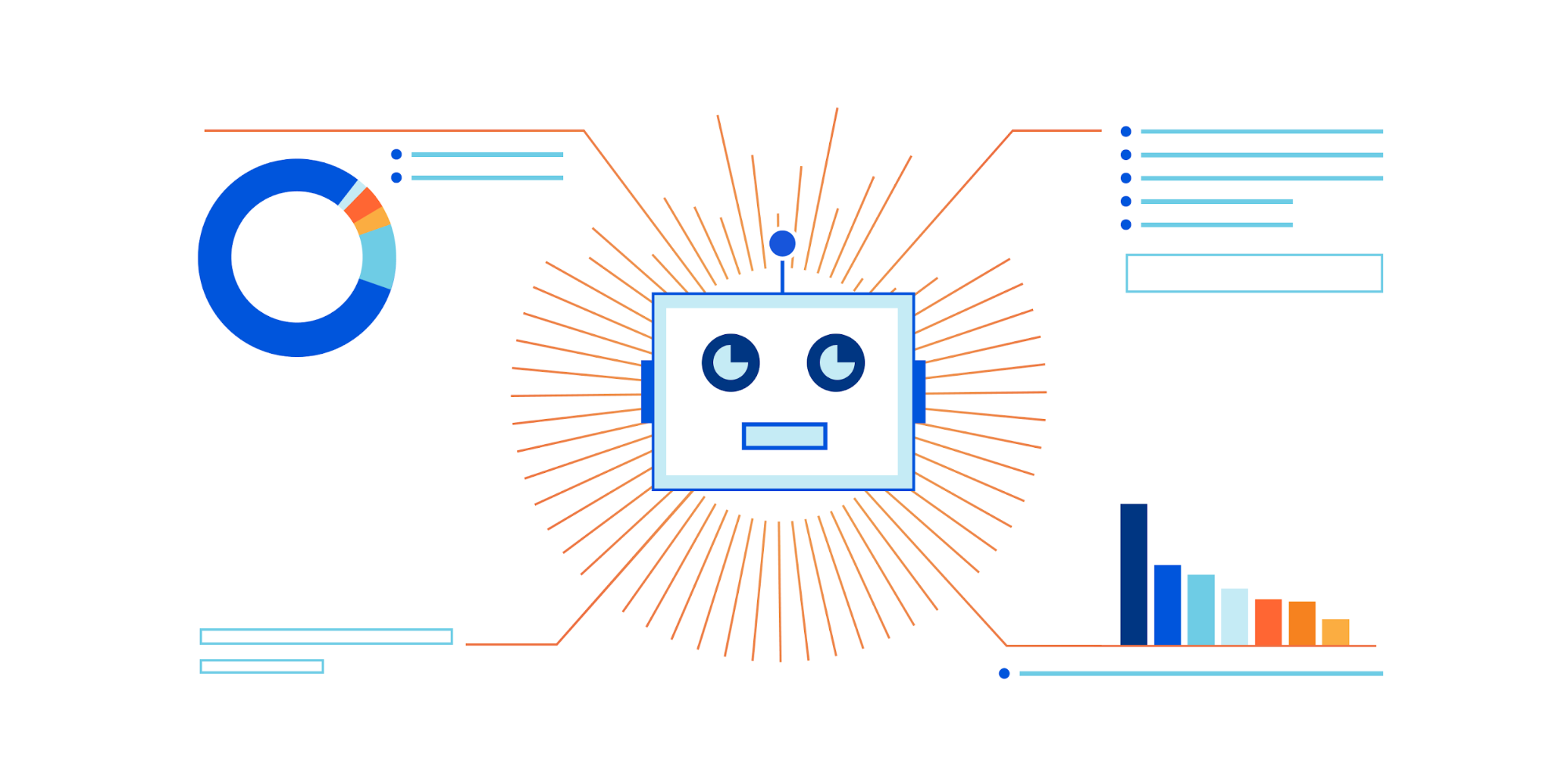Unwrap the SERVFAIL

We recently released a new version of Cloudflare Resolver which adds a piece of information called “Extended DNS Errors” (EDE) along with the response code under certain circumstances. This will be helpful in tracing DNS resolution errors and figuring out what went wrong behind the scenes.

A tight-lipped agent
The DNS protocol was designed to map domain names to IP addresses. To inform the client about the result of the lookup, the protocol has a 4 bit field, called response code/RCODE. The logic to serve a response might look something like this:
function lookup(domain) {
...
switch result {
case "No error condition":
return NOERROR with client expected answer
case "No record for the request type":
return NOERROR
case "The request domain does not exist":
return NXDOMAIN
case "Refuse to perform the specified operation for policy reasons":
return REFUSE
default("Server failure: unable to process this query due to a problem with the name server"):
return SERVFAIL
}
}
try {
lookup(domain)
} catch {
return SERVFAIL
}
Although the context hasn't changed much, protocol extensions such as DNSSEC have been added, which makes the RCODE run out of space to express the server's internal Continue reading



